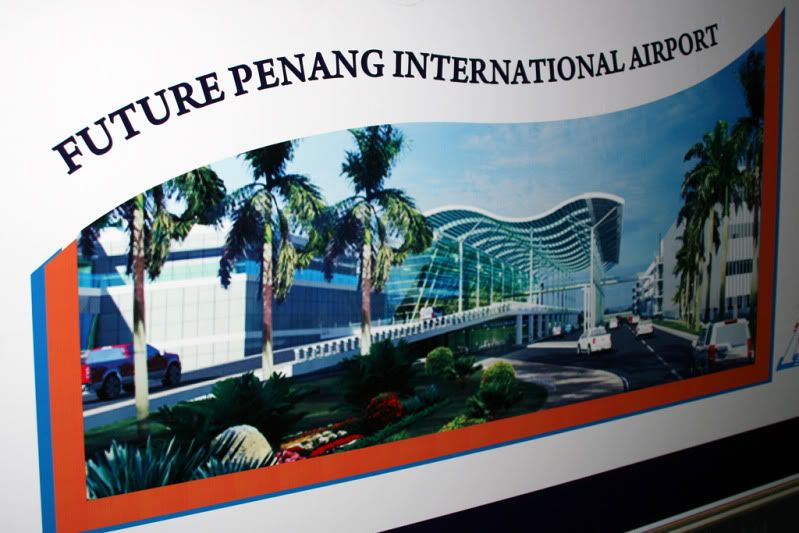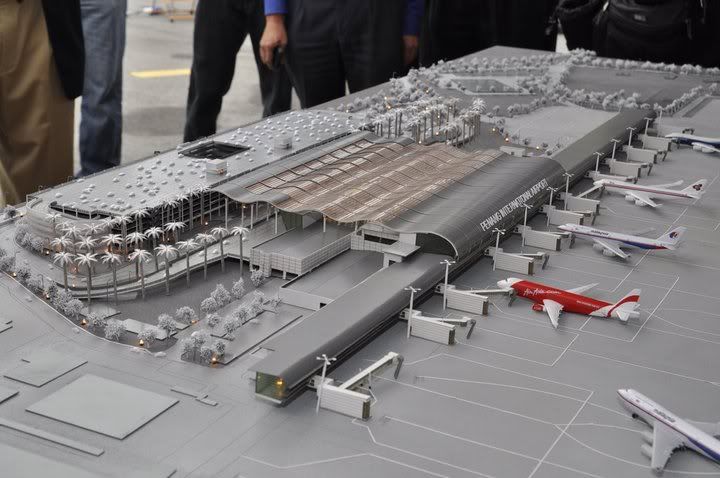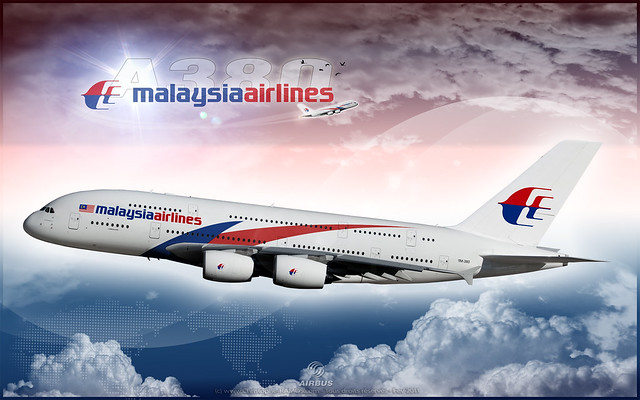-
Content Count
155 -
Joined
-
Last visited
Posts posted by DaTan
-
-
http://aviation-safety.net/wikibase/wiki.php?id=147571
apparently this aircraft was involved in an incident in 2012 when the tip of its wing collided with an A340. it could crash due to faulty repair work. Still to early to know
-
anyone fearing what I am thinking? Possible catastrophic hull break-up mid air due to metal fatigue/explosion?
remember the TWA flight 800?
-
Just to inform you, the plane is back doing more bombing runs
-
another video of the plane picking up water
http://tropicalexpat.wordpress.com/2014/02/26/2014-penang-bush-fires-and-plane-water-bombing/
-
this is the best I could get. Cropped picture from my Lumia 1020

someone uploaded a video too
-
I just saw Malaysian Maritime Enforcement Agency Bombardier 415 water bomber dumping water on top of Penang Hill's forest fires
I will try to get some photos with my smartphone. No fancy zoom lenses. From what I can see from the flight path, they are picking up water from the northern strait (those living in Gurney Drive will have a good view)

-
I just hand to qwote this person from forum.lowyat
by alanyuppie
A patient called "MAS" has been on life support system before the birth of a baby next door, whom now has started to walk and run. Now , ths kid walks into his ward like a boss and tugging at that patient and whisper "wake up dude!" and tugging at the various cable connected to it.
The Dr. is not happy
-
100 of what aircraft????
up till now MH has not even said what planes they are getting.
RC planes?
100 A350?
-
where can we verify that news?
-
wonder why the RAF C17 would come to PEN......
-
How much bigger is it compared to the C130 and how much smaller than the C-17
-
Is it? I thought it's long enough?
It is long enough for 747 to land. Many 747 cargo planes come in to PEN.
And some pictures of the expansion





http://www.skyscrapercity.com/showthread.php?t=367496&page=28
-
this livery???...


I hope this is just a messed up render made by the website designer and not the real thing!!! The livery just looks out of proportion.

The flag is too big, the Malaysia Airlines title is too big too looks like they are trying to copy SQ large title for livery and cramming that shitty blue and red thing behind.


This one looks much better
Wallpaper 1920 - Airbus A380 - Malaysia Airlines - Msn078 - 2012 - CS5 by Christophe-RAMOS, on Flickr
-
Hi KC, I use a free account at photobucket, now it reachs the bandwith limitation
 . I now create an other account for uploading, so you can see Jade Cargo, right?
. I now create an other account for uploading, so you can see Jade Cargo, right?Why dont you use Flickr
-
Found this video of the new upgraded terminal of Penang International Airport. Sorry a slight off topic but cant find a suitable place to put this.
-
My house seems to be right under the flight path for planes taking off and heading north... Usually at 8pm I can hear the magnificent sound of the 747 flying over directly.

-
Monday June 13, 2011
Stories by ALLAN KOAY
star2@thestar.com.my
http://thestar.com.my/lifestyle/story.asp?file=/2011/6/13/lifefocus/8681223&sec=lifefocus
Centennial of flight
Malaysia’s excellent aviation safety and security records have propelled it to new heights in the industry.
IMAGINE you were a Malayan in 1911. It must have been quite a sight then to see an aircraft, probably the first anyone had ever seen in their lives, land at a race course in Kuala Lumpur. But it did happen. That was the country’s first recorded flight, by one G.P. Fuller who landed his Antoinette Monoplane at the race course in Jalan Ampang, Kuala Lumpur.
This year marks 100 years since aviation came to Malaysia. But even before that first flight by Fuller, in 1898, someone had already attempted to fly in then-Malaya – a balloonist who jumped from the top of a government building in Jalan Tuanku Abdul Rahman in Kuala Lumpur, but crashed at the edge of the Selangor Padang Club.
A century has passed and Malaysia can proudly hold up a list of changes and achievements in aviation.

Set to soar: Last year, passenger traffic in all airports in Malaysia hit a record high with an increase of 12%.
The first centre of aviation in the country was Alor Setar when KLM started providing regular fortnightly services in the late 1920s. In fact, the British built the first two airstrips in Alor Setar and Taiping in 1929.
Aviation only officially came to Kuala Lumpur on May 10, 1929, with the inaugural meeting of the Malayan Aeroplane Club, which later became the Kuala Lumpur Flying Club.
In 1956, the Kuala Lumpur Airport in Sungai Besi officially became the country’s first international airport when the first flight to Europe took off from there.
It was only in 1965 that the Kuala Lumpur International Airport in Subang was officially opened by the then Yang di-Pertuan Agong Tuanku Syed Putra Ibni al-Marhum Syed Hassan Jamalullail.
Malaysia now has a world-class airport with the Kuala Lumpur International Airport in Sepang, Selangor; our own skilled pilots and training academies; and even the world’s fastest-growing low-cost carrier, AirAsia. But in recent years, there has been so much more to be proud of, according to the Department of Civil Aviation (DCA).
There has been high growth in passenger handling. Last year, passenger traffic in all airports in Malaysia hit a record high with an increase of 12%. As of April 2011, passenger traffic rose by 9%.
“This is an indication that the aviation industry is recovering swiftly and that there is a huge demand in air transport,” said director-general of civil aviation Datuk Azharuddin Abdul Rahman.

Kuala Lumpur International Airport in Sepang is one of the largest and most advanced in the world.
And ever since the Sultan Abdul Aziz Shah Airport in Subang was transformed into the Malaysia International Aerospace Centre, Malaysia is now a major player in the maintenance, repair and overhaul (MRO) industry, with 136 MRO companies of various sizes, of which 40 are local firms.
“We also manufacture small aircraft and aircraft components, being the first in Asia and the fifth in the world to sign the Bilateral Aviation Safety Agreement (Basa) with the US Federal Aviation Administration (FAA).
Meanwhile, the Malaysia Aviation Academy in Sepang has trained more than 500 air traffic controllers from more than 50 developing countries since 1984, and is on its way to becoming an International Civil Aviation Organisation (ICAO)-accredited civil aviation academy.
In fact, Malaysia has been an elected member of the ICAO Council since 2007 (ICAO is a specialised UN agency that works with countries to set common standards and recommend practices for civil aviation).
“Malaysia’s election to the ICAO Council was due to its excellent aviation safety and security records as well as its ability to represent other states in the Asia Pacific region,” said Azharuddin.
Indeed, the last major air mishap in Malaysia was 16 years ago – on Sept 15, 1995, when a Fokker-50 crashlanded in Tawau Airport, Sabah, killing 49 passengers.
“Since this accident, we have handled more than eight million take-offs,” said Azharuddin. “We hope our safety records will help reduce statistics on the world’s air accidents average.”
Statistics in the United States have shown that one person dies in an air crash for every four million flights taken. Some even say air travel is safer than driving in a car. The BBC once made a statement that flying is “six times safer than travelling by car and twice as safe as rail.”
“The general public perceives that air travel is unsafe because once an accident happens, it gets wide media coverage and it involves many lives,” said Azharuddin. “Road accidents happen practically everyday so much so that the general public perceives them as something usual.”
He added that in safety and security audits by the ICAO, Malaysia has shown “remarkable results.” In fact, Malaysia attained a Category I certification in the International Aviation Safety Audit by the FAA.
The 911 terrorist attacks in 2001 arguably had the biggest impact on the civil aviation industry, in particular commercial flights. Tighter security measures have since been put in place worldwide.
More frequent and convenient air travel also means diseases can spread more quickly, as evident during past global pandemics such as SARS and H1N1, which also means more stringent safety measures.
A newer aspect to the concerns of the civil aviation industry nowadays is the environmental impact of air travel.
Pioneer
“On average, aviation contributes only 2% of greenhouse gas emissions but the industry, spearheaded by the ICAO, has done quite extensive work on reducing the emissions to ambitious levels,” said Azharuddin.
“As a Contracting State, Malaysia is committed to the strategic objective of ICAO in reducing the impact on the environment. The Continuous Descent Approach (CDA) at KLIA is a flight procedure imposed on arriving aircraft at the airport in order to reduce greenhouse emission. Malaysia was the first in the world to implement such a procedure.”
The CDA is a smooth descent at a consistent angle that helps to reduce fuel consumption (thus reducing carbon monoxide emissions) and noise. The flight procedures at all airports in Malaysia are designed for the same purpose, said Azharuddin.
The DCA, as the regulator of the industry, is concerned with all areas of civil aviation, from airworthiness, airport standard and air traffic management to safety, security and flight operations. It has a huge task on its hands. The risk of an accident or incident becomes higher if even one component is overlooked, said Azharuddin.
And with a fast-growing low-cost carrier such as AirAsia now taking to the skies, it means even more work for the regulators.
“More aircraft flying in the airspace means more blips on the radar screens for air traffic controllers to juggle with, more aircraft for the aircraft maintenance engineers to certify, and more airline pilots to be licensed,” said Azharuddin.
After this centennial point, more challenges are ahead for the DCA and the industry as a whole, he said. Preparations must be made now for both human capital and infrastructure.
“The whole industry needs a transformation roadmap,” said Azharuddin. “And the transformation will materialise this year with the establishment of an autonomous Civil Aviation Authority of Malaysia to replace the DCA.” - The Star
-
no need to take the satu just put the word world is enough

-
Hey, I am studying in Uplands International School in Batu Ferringhi and yesterday and today, at around 8:30pm to 10pm there were several jets that did multiple flybys over Batu Ferringhi. Does anyone know why they are doing this?
-
How is the upgrading of the terminal? Any news?



MAS B772 9M-MRO Flight MH370 KUL-PEK Missing with All 239 POB Presumed Killed
in General Aviation
Posted · Report reply
why did the military pick up the turn back while the ATC did not?